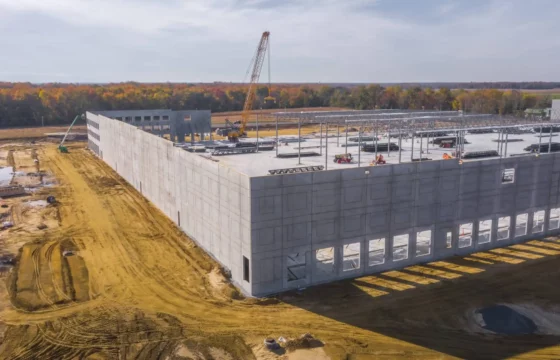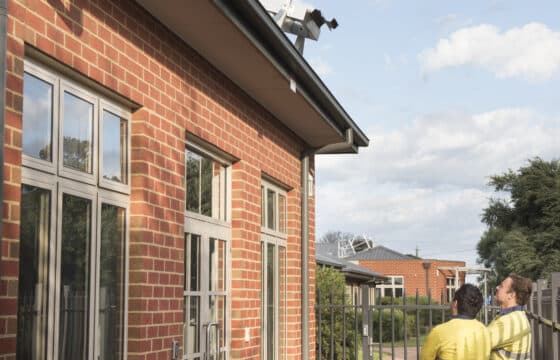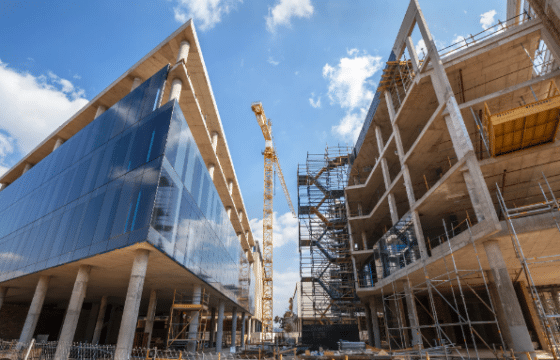Victorian safety managers left guessing on height safety
By Carl Sachs, technical director, Workplace Access & Safety
Facility managers are likely to be stripped of a vital height safety benchmark when Victoria’s freshly reviewed falls compliance code is released in a few weeks.
The 2008 Prevention of Falls in General Construction Compliance Code set out very clearly how workplaces could meet their obligations under the Regulations and safeguard people working at height. The draft revision removes that clarity for facility managers and anyone responsible for maintenance works on a building.
WorkSafe Victoria says the review clarifies the scope of the Prevention of Falls in General Construction Compliance Code.
Unfortunately, the new clauses that explicitly restrict the code to work undertaken during construction will likely only add to the confusion. The question is: what exactly is “construction”?
During the decade since the code was last published, the term “construction” had been widely interpreted as applying to construction tasks in line with the national approach.
Indeed, Safe Work Australia’s 2013 report, Work-Related Injuries and Fatalities Involving a Fall from Height, Australia, showed that workers from construction trades – such as plumbers and electricians – were at risk of death due to falls from heights during all phases of the building lifecycle.
The Safe Work Australia Falls from ladders were the most common cause of death and two-thirds of those occurred away from “new” construction sites.[1]
The reality is that a fall from height is just as deadly whether a worker is up a ladder installing an air conditioning unit on a new building or replacing parts on the very same unit 10 years later.
Accordingly, the National Code of Practice for the Prevention of Falls in General Construction, which applies outside Victoria, does not discriminate between the two tasks.
On the other hand, Victoria’s draft compliance code explicitly rules out “routine or minor testing, maintenance or repair work performed in connection with a building or structure”.
When asked for more clarity around the definition, WorkSafe Victoria referred our researchers to the Working Safely in General Construction Handbook.
Among its definitions of high-risk construction work is “Construction work where there is a risk of a person falling more than 2 metres, for example, installing an evaporative cooler on the roof of a double-storey building”.
It also defines “A rooftop air-conditioning unit or cooling tower” as a structure.
On the other hand, it expressly refers to “Routine servicing or minor repair of an air-conditioning system or solar power unit” and “Routine maintenance of plant” as being outside the confines of construction.
Whether an air conditioning and refrigeration technician replacing an air conditioning compressor or cleaning filters is a “construction worker” or not is uncertain.
Construction-only scope of code does not remove safety obligations
Nor will the exclusion of routine maintenance work from the Victorian compliance code remove the legal obligation to control risk and design appropriate controls.
The Safety in Design Code of Practice, for example, encompasses ongoing maintenance and imposes obligations on a vast array of “designers” from architects and builders all the way through to fire safety specialists.
Australian Standard AS 1657 provides practical guidance on equipment and design and, in certain circumstances, compliance with AS 1657 automatically confers self-certified exemptions from the Fall Prevention Regulations.
Thousands of pages of height safety rules across dozens of documents
Without the compliance code, facility managers are left guessing what is deemed reasonably practicable to satisfy the Falls Regulations. The only alternative is to piece together dozens of guidance notes and Australian Standards to recreate that benchmark.
In fact, Workplace Access & Safety compiled a list of 107 regulations, codes, Australian Standards and guidance notes that might apply to safe work at heights in Victoria. We asked WorkSafe Victoria which of them facility managers should consider when they are responsible for people working at heights.
A WorkSafe Victoria spokesperson would only say: “WorkSafe provides both general and some more specific guidance to help employers control the risk of falls from height, and employers who are facility managers should consider the task at hand when selecting which to refer to.”
The need for clear and strong guidelines surrounding height safety has also been highlighted by the peak body for the heating and cooling industry, AIRAH. Last year, the body released a report citing access to HVAC equipment as among the top threats to its members, second only to a lack of training.
AIRAH executive manager Phil Wilkinson said his organisation was frustrated that workplace safety regulators had not been more proactive about ensuring height safety standards were met.
“Safety in design might be a requirement now but access to equipment at height is not sexy for most designers and builders,” he said, “and it’s not being policed.”
The end result is that many facility managers are left to deal with buildings that make good height safety practice difficult.
Workplace Access & Safety always recommends that Victorian facility managers negotiating with builders and landlords refer to the falls compliance code because it provided a clear, objective benchmark.
In an unregulated, unlicensed and complex environment, our advice remains to engage a specialist safe access consultant with practical and theoretical knowledge across the myriad of laws, codes, standards and equipment to advise on risk mitigation in this environment.
With or without a compliance code, the Prevention of Falls Regulations still apply and every workplace needs to be prepared to comply.
[1] WORK-RELATED INJURIES AND FATALITIES INVOLVING A FALL FROM HEIGHT, AUSTRALIA, p13

Download a copy of Victorian facility managers left guessing on height safety


